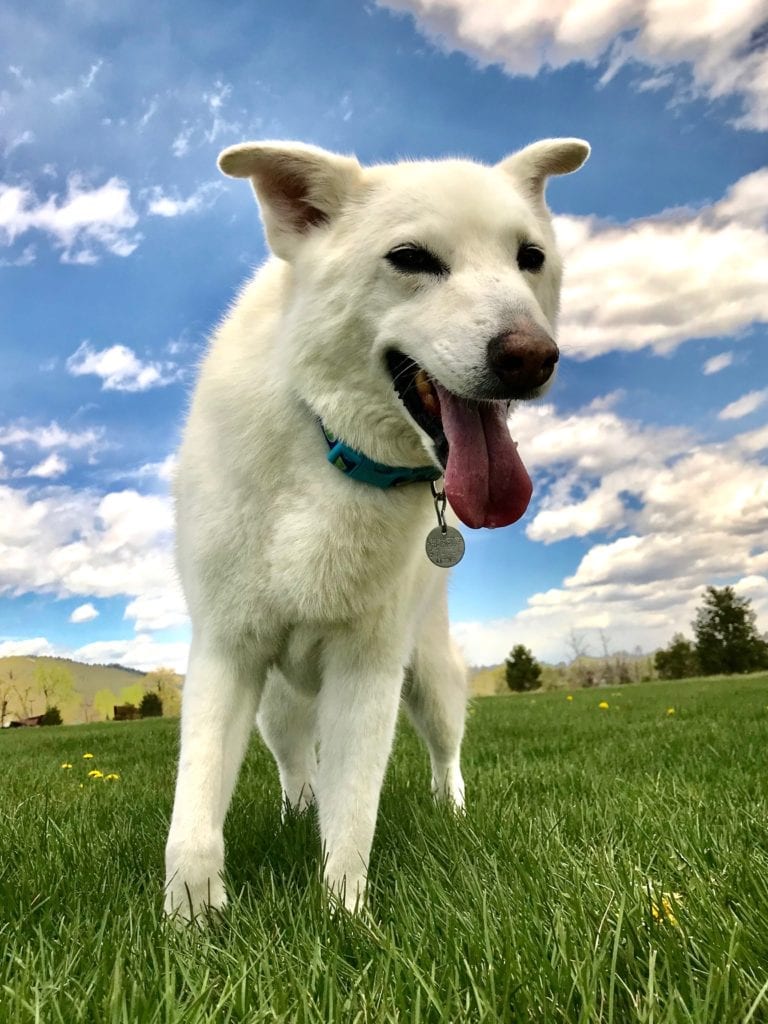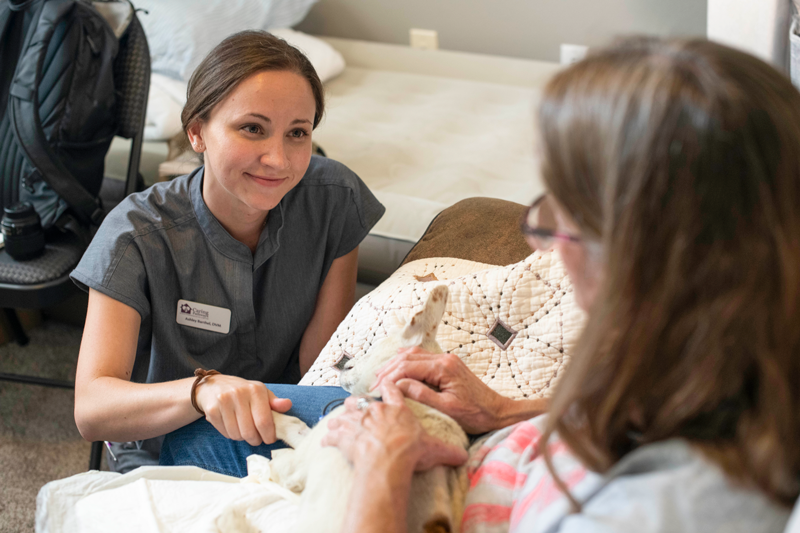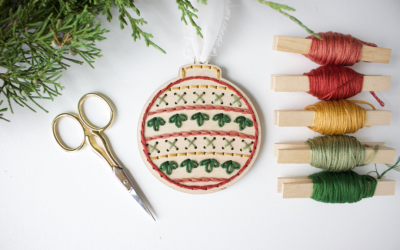In her 34 years of practice, Fort Collins veterinarian Lisa McCarthy had euthanized pets and consoled grieving owners. She even had to put many of her own dogs to sleep over the years. But Poppy was different.
“They are all special, but I had her at a particularly difficult time in my life, and she was an especially empathic dog,” McCarthy says. “It was as if she could read my mind and my mood. She healed my heart, and we had a deeper than usual connection.”
At 13, Poppy was still happy and active when McCarthy, with Midtown Veterinary Medical Center, discovered that Poppy had a very aggressive form of cancer.
“It was only 10 days from her first symptoms until I had to say goodbye, so very little time to wrap my head around losing her,” she says.

Poppy
In the end, Poppy’s passing was a “good death”—the literal translation of euthanasia from the Greek words “eu” (good) and “thanatos” (death). What that means for every pet owner is as different as their pets, and Northern Colorado has lots of options to make the best of a horrible situation.
McCarthy decided to reach out to Caring Pathways, an in-home euthanasia service.
“I wanted Poppy to be at home where she was most comfortable for her last day, rather than in the hospital where her treatments had been done,” she says. “It’s devastating to have to go through the process for your own animal—to have to ‘be the doctor’ and make sure all goes well—when all you want to do is hold them through their last moments. I didn’t want to burden my own staff to do this for me, and I needed to grieve privately at home.”
Dr. Kathleen Cooney of Loveland started as a family veterinarian but turned to end-of-life care for pets pretty quickly.
“I was doing euthanasia well, and I would walk out of those appointments and feel very peaceful, very balanced and, dare I say, happy,” she says. “I wasn’t feeling all worn out and downtrodden. I was rather fulfilled, and the staff picked up on that. I took time and listened to stories. And it made them very smooth.”
But it was one particular case that drove her: a hound mix named JD (which stood for John Deere).
“I had been treating him for a type of cancer. I was on call at my vet hospital and the family of JD called and said he [was] crashing,” she says. “They pulled up and could barely get JD through the front door and into the lobby of the hospital, and he just collapsed. I had to euthanize him right there on the floor of the lobby of the hospital. Here this family had to move a 100-plus pound dog dying of cancer and who was in a lot of pain. It was less than ideal. So, from that point forward, [I thought] ‘Could we do this better?’”
Those lessons led to a career in a seldom studied part of veterinary care: senior and geriatric care focusing on end of life.
Cooney’s practice grew to include several other vets who traveled to people’s homes. She still does some euthanasia on her farm near Loveland, but much of her focus now is on teaching the next generation through the Companion Animal Euthanasia Training Academy that she runs out of Loveland.
While a lot of the training is for the actual procedure at home or in the vet’s office, Cooney says much of the work with pet owners is taking time to listen, especially when making end-of-life decisions.
“The veterinarian’s job is to inform and give insightful guidance, but ultimately it is the pet owner’s decision,” she says. “Ask questions like, ‘[Can you] tell me what you are seeing?’ or ‘What is her day-to-day like?’ You have to gather as much information as possible on top of a physical exam.”
She adds that the pet’s suffering is part of the decision process, but there are other concerns that need to be considered, including money, time and the ability of the owner to physically care for a sick pet.
“Animals have the ability to hide their pain, but they also have a strong will to live, and that needs to be respected and nourished in the discussion,” she says.
Deciding when is the right time is just part of the issue; where the euthanasia will take place is something that owners need to consider as well.
Dr. Chelsea McGivney is a veterinarian and the general manager of Caring Pathways, who oversees more than 25 veterinarians who travel all over Colorado. She says that euthanasia in a doctor’s office works for some, but home services can help other families.
“One of the biggest benefits is to minimize stress on the pet and the family. Large dogs can be hard to get in the car, especially when they are not well,” she says.
And even though McCarthy chose to euthanize Poppy at home, she says her decision isn’t the right one for everyone.
“Every pet owner is unique in their ideas about euthanasia and their vision of how they want their pet to be handled through that difficult process,” she says. “Some prefer to euthanize at home to avoid the less-than-intimate and less private environment of the vet’s office. Others want their personal vet involved and to say goodbye away from home to avoid memories associated with the experience. It’s important to honor your own needs and to communicate about this with your vet or with the home euthanasia group.”
________________
Consider Aquamation
After a pet dies, there are still decisions to be made about what to do with the body. While traditional cremation and burial are the norm, there is a relatively new process based on some really old science that is also a possibility.
Aquamation is a process derived from science discovered in the 1800s using lye and other base chemicals with water to reduce all the soft tissue. According to Cooney, who started Guardian Pet Aquamation in Loveland before she sold it a few years ago, the process was first used on animals in the 1990s as a cheaper alternative to cremation for laboratory animals.
In the 2010s, aquamation gained popularity for companion animals because the process does not produce any environmentally dangerous gases (even burial produces methane). Cooney says it leaves only a “nutrient-rich broth,” which she would use on her farm when she ran the company. The bones are then ground into ash and can be kept if the owner chooses.
“We found that when families are given a choice, 90 percent will choose water unless there are religious reasons or they want the remains to match previous pets,” she says.
________________
What Makes a Good Death?
In a study conducted by Cooney and others, pet owners talked about what a “good death” for their pet meant, which came down to five simple points. Families express wanting:
1. To be prepared and ready for what’s coming
2. Family members and other pets to be close by
3. The option to do the procedure at home
4. Their pet to be sleeping in their final moments
5. Their pet’s death to be pain-free







